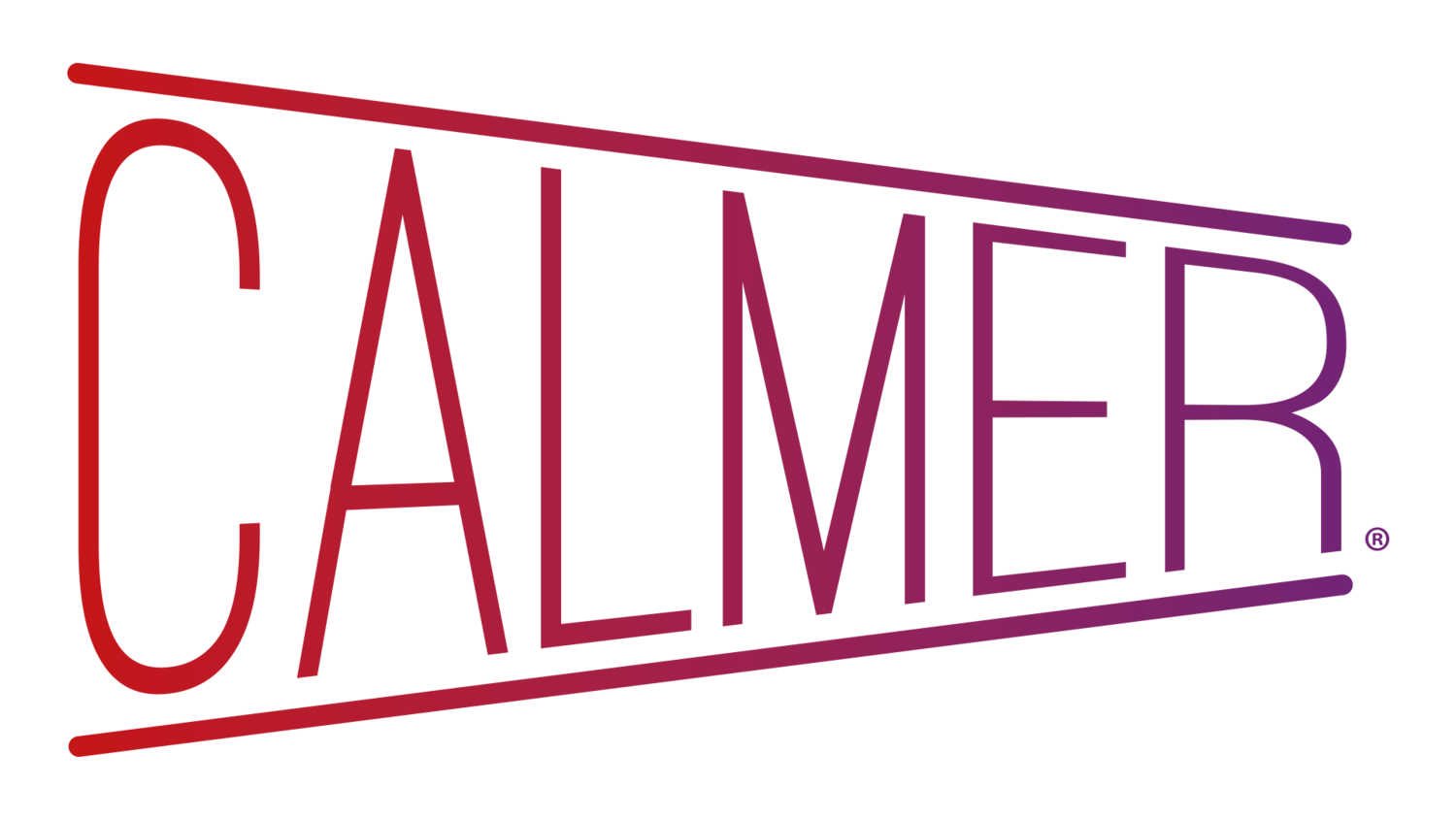Are you dealing with work anxiety? Experiencing symptoms of stress, anxiousness, and depression are all common in the workplace, but that’s not to say it should be normal. In fact, here at Calmer we encourage the opposite: taking positive, proactive steps to foster good mental health at work.
Discover how to manage your work related anxiety, identify your personal trigger points, and improve your mental health with this guide.
19 common symptoms of work related anxiety
If you regularly experience a few or more of these symptoms while doing your job, you may be experiencing work related anxiety:
Chest pains
Dry mouth/lump in throat
Exaggerated reactions
Excessive worrying
Faster or pounding heartbeat
Feeling tense, nervous, or jittery
Headaches more frequently
Inability to relax or enjoy leisure time
Lightheadedness or feeling dizzy
Loss of appetite
Lower quality of sleep
Physically trembling
Problems focusing or concentrating
Restlessness
Struggling to form or keep up relationships
Sweating more than usual
Tearfulness
Tiredness
Unrealistic worries
How to deal with work anxiety
When it comes to managing this form of anxiety, try taking the following steps:
1. Stop, Breathe, Trust
If you often find yourself feeling anxious on the job, the first step in reducing its effects is to give yourself permission to stop, breathe and trust in yourself. This is a core principle in The Reignite Project, our free course for professionals and teams who wish to reduce the effects of stress and burnout from affecting them.
By recognising how you feel, and bringing yourself into the present moment, you can potentially reduce the symptoms you are experiencing. A simple, quick way to do this is to follow a breathing exercise, or go for a quick walk around the block.
2. Speak to someone you trust
The next step is to try speaking about how you have been feeling with someone you trust. This doesn’t have to be at the very moment that you’re feeling anxious - only when you’re ready to share your experience. Follow our guide on how to talk about mental health to find out how to best approach the subject.
If you would prefer to speak to somebody impartial, consider speaking with a mental health charity.
3. Make A note of your signs and symptoms
Anxiety is a mental health problem that comes and goes, and each person experiences it differently. To best deal with your anxiety, try making a note of when it occurs, what you’re doing when you experience it, and how it expresses itself in your mind and body.
By noting these things, you can identify what is in your control (such as changing your work schedule, or requesting more breaks) and what is outside of your control (such as your main job duties). Very often, the lack of feeling in control can be anxiety-inducing in itself, so hopefully this method can help you to regain a sense of control and relieve your symptoms.
If it’s social anxiety, this method can also help you. Working out how to best deal with a certain person, or a certain management style, can alleviate your anxiety symptoms.
4. Consider whether your anxiety is linked to a certain trigger
Anxiety is often experienced around a certain activity or trigger. Perhaps one of the following topics is causing your anxiety?
If so, try reading each one of our guides on how to best manage these triggers.
5. Bring Mindfulness into your working day
Finally, why not try adding Mindfulness practices into your work day? This can be as simple as a following a breathing exercise, meditating, doodling, or taking up exercise in your lunch break.
Join the Calmer Community, our digital membership platform, for mindfulness practices, books, events, and more.

